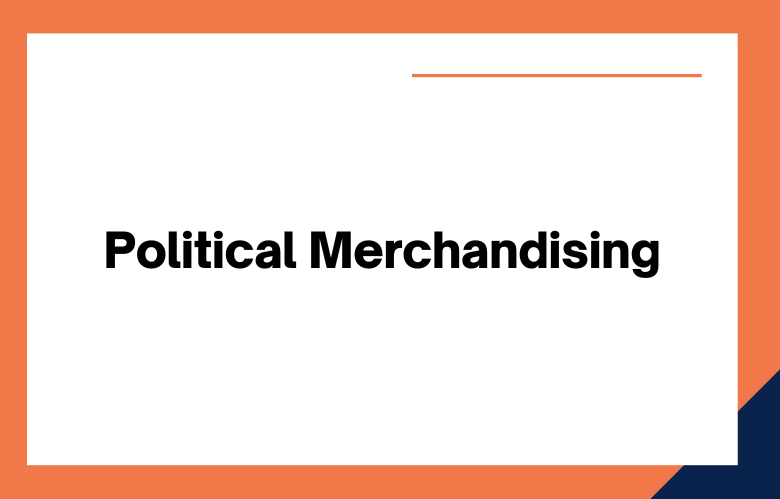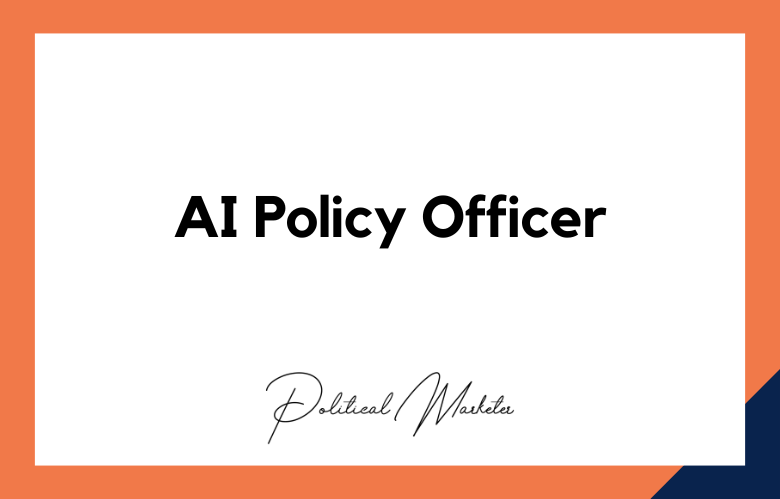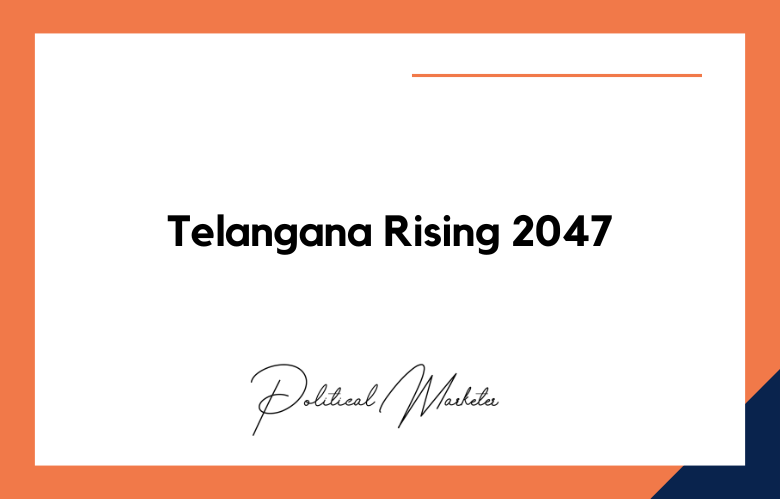Political merchandising is the process of creating and selling products that are associated with a particular political party or candidate.
In the world of politics, merchandising is everything. From pins and bumper stickers to t-shirts and hats, campaign merchandise is vital to any successful political campaign.
Not only does merchandise help raise money for a drive, but it also serves as a walking advertisement for a candidate. This blog post will examine everything you need about political merchandising.
Political Merchandise can include anything from T-shirts and hats to buttons and bumper stickers. It is also not uncommon for candidates to sell items such as Christmas ornaments, mugs, and even food items like popcorn and candy.
What is Political Merchandising?
Political merchandising is the process of creating and selling products that are associated with a particular political party or candidate. In the United States, political Merchandise is often sold by candidates’ campaigns to raise money and gain visibility for the candidate.
Political inventory can include anything from T-shirts and hats to buttons and bumper stickers. It is also not uncommon for candidates to sell items such as Christmas ornaments, mugs, and even food items like popcorn and candy.
Political merchandising uses products or services to promote or support a cause or candidate. It can take many forms, from t-shirts and bumper stickers to coffee mugs and buttons. It has become common recently, with everyone from small businesses to major corporations getting involved.
As mentioned, political merchandising creates and sells products (usually clothing) with a political candidate or party’s name, logo, or slogan. Political Merchandise can include anything from t-shirts and hats to buttons and bumper stickers.
One of the main goals of political merchandising is to build name recognition for a candidate or party. In today’s world, so many candidates are running for office that it can be difficult for voters to keep track of them. By wearing or using products with a candidate’s name, supporters can help spread the word and ensure that people know who they’re voting for come Election Day.
Another goal of political merchandising is to generate support and excitement for a particular candidate or party. When people see others wearing clothing with a specific candidate’s name, they’re more likely to want to learn more about that person and potentially support them. This “bandwagon effect” can be potent in politics and is one reason campaign managers place high importance on political Merchandise.
Political Merchandise is also an excellent way for campaigns to raise money. Selling t-shirts, hats, buttons, etc., is an easy way for movements to make some extra cash that can then use to fund other aspects of the campaign, such as advertising or travel expenses.
As mentioned, political merchandising uses products and services to promote a political candidate or party. It can be anything from t-shirts and hats to bumper stickers and buttons. Political candidates and parties use merchandising to raise money and get their message out to potential voters.
One of the benefits of using merchandising as a part of your campaign is that it allows you to reach out to potential voters who it may not reach through traditional methods such as TV ads or flyers. By placing your message on t-shirts, hats, bumper stickers, etc., you can get your news in front of people.
In addition, selling Merchandise is a great way to raise money for your campaign. You can sell T-shirts, hats, and other items at rallies or online through your campaign website—the funds raised to pay for TV ads, mailers, staff salaries, etc.
Political merchandising is also a great way to generate buzz for your campaign. Wearing a t-shirt or hat with your candidate’s name is a great conversation starter to help people discuss your campaign.
Why is Political Merchandising critical?
Political merchandising is essential because it helps raise awareness for a cause or candidate. It also allows people to show their support visibly. In addition, political merchandising can be a great way to raise funds for a campaign.
How can I get involved in Political Merchandising?
There are many different ways to get involved in political merchandising. One way is to purchase products from companies that support causes or candidates you believe in. Another way is to create and sell your products online or at events. If you’re interested in creating your political Merchandise, there are a few things you should keep in mind:
- Make sure you choose a high-quality printing company like Business1st Impressions.
- Choose products that will be popular with your target audience.
- Don’t forget to include contact information on all of your creations!
The History of Political Merchandise
The use of political Merchandise dates back to the early 19th century in the United States. One of the first known examples of political merchandising was in 1828 when Andrew Jackson’s supporters wore badges with his likeness on them during his presidential campaign.
In 1840, supporters of William Henry Harrison wore log cabin-themed paraphernalia during his successful presidential campaign. And in 1876, supporters of Rutherford B. Hayes wore buttons with his initials on them.
The rise of Online Merchandisers
In recent years, a significant increase in online retailers selling political Merchandise. These online retailers cater to both major parties and third-party candidates and groups.
Some popular online retailers include CafePress, Zazzle, and Redbubble. These companies offer various products that can be customized with logos, slogans, and other imagery associated with a particular candidate or party.
The Benefits of Political Merchandise
Several benefits come with purchasing political Merchandise. For one, it helps financially support the candidate or party you align with. Additionally, it can help raise awareness for a particular candidate or issue among your friends and family members.
Lastly, wearing or displaying political Merchandise is a great way to start conversations about the issues you care about with others who may not share your views.
Using political merchandising as part of your campaign strategy has several benefits. First and foremost, it’s an excellent way to increase name recognition. When people see a candidate’s name on a piece of Merchandise, they’re more likely to remember it when they go to the polls.
Political merchandising can also build support for a candidate or cause. By wearing or displaying campaign merchandise, people show their support for the candidate or issue in a public way. This can be especially useful in rallying volunteers and donors for a campaign.
Political merchandising is an influential fundraiser for campaigns. Candidates and PACs can sell Merchandise to raise money for their efforts. And since people are generally willing to pay more for inventory than they would for a simple donation, this can be a great way to generate significant revenue for a campaign.
Political Merchandise offers several benefits to candidates and parties. First and foremost, it helps to generate much-needed funds for campaigns.
Candidates typically sell Merchandise at a markup, which allows them to raise money quickly and efficiently.
Second, political inventory helps to build brand awareness for candidates and parties. By wearing or displaying a candidate’s name or party affiliation, supporters help to spread the word about the campaign far and wide.
Political Merchandise can be used as a form of advertising. People wear or display campaign merchandise in public as a walking billboard for the candidate or party. This is especially effective in the weeks leading up to an election when people are paying close attention to the news and are more likely to remember seeing a candidate’s name on a T-shirt than they are to remember seeing that same name in a television ad.
Political Merchandise is an excellent way to rally supporters and create a sense of community amongst voters. When people wear or display campaign merchandise, they signal to others that they are part of a larger group of like-minded individuals working together towards a common goal. This sense of community can be compelling on Election Day when voters are more likely to head to the polls if they feel part of something larger.
Things to consider when creating Political Merchandise
While there are many benefits of using political Merchandise, there are also some things you need to consider before diving in headfirst. Target audience is the first thing to think about. Who are you trying to reach with your message? And which age group do they fall into? What interests do they have? Knowing the answers to these questions will help you create Merchandise that resonates with your target audience.
For example, if you’re targeting millennials, you might want to create trendy t-shirts or hats with clever sayings. If you’re targeting seniors, you might want to make a simple button that prominently displays the candidate’s name and website address.
Another thing to consider is your budget. Creating high-quality Merchandise can be expensive, so you must think about how much you’re willing (or able) to spend on each item. Also, remember that the cost of shipping and handling can add up quickly, so factor that into your budget.
Don’t forget about the timing! It takes time to design and produce political Merchandise, so make sure you plan and have enough time to get your products made and distributed before Election Day.
Campaign buttons
One of the most popular items of political Merchandise is campaign buttons. Campaign buttons are small pins that can be worn on clothing. They are inexpensive to produce and easy for supporters to show their allegiance to a candidate.
In addition, campaign buttons can be collector’s items; many people enjoy collecting campaign buttons from different elections.
Bumper stickers
Bumper stickers are another popular form of political merchandising. Bumper stickers are adhesive stickers that can be affixed to the bumper of a car.
Like campaign buttons, they are easy for supporters to show their candidate of choice. Bumper stickers also tend to be less expensive than other forms of advertising, such as television or radio ads.
T-Shirts
T-shirts are another common form of political Merchandise. T-shirts allow supporters to wear their candidates’ messages on their chests for all to see.
T-shirts are often sold at rallies or events and can be purchased online from a campaign’s website. Wearing a t-shirt is a great way to start a conversation about politics with others.
Hats
Hats are another type of political Merchandise that has become increasingly popular recently. Similar to t-shirts, hats allow supporters to show their candidate of choice while starting conversations with others about the election.
Hats can also help protect supporters from the sun while campaigning.
Conclusion
Whether you want to support your favorite candidate or start conversations about important issues, purchasing political Merchandise is a great way to do it! Remember that many online retailers now sell political Merchandise, so be sure to shop around before making your purchase!
Political merchandising is a powerful way to get your message out and engage with potential voters. It is a great way to raise money for your campaign. However, it’s essential to understand the rules and regulations around political Merchandise before you start selling anything.
We have years of experience in helping candidates run successful campaigns. We can help you design and produce high-quality political Merchandise to help you reach your goals.
Contact us today to learn more about political strategy consulting services!
Political Merchandising: Everything You Need to Know – FAQs
What Is Political Merchandising?
Political merchandising refers to the creation and distribution of branded products such as T-shirts, caps, mugs, and posters that promote political candidates, parties, or causes.
Why Is Political Merchandising Important?
It boosts visibility, strengthens candidate recognition, and helps campaigns raise funds while engaging supporters.
How Does Political Merchandising Influence Voters?
Merchandise acts as a form of mobile advertising and peer influence, reinforcing candidate loyalty and sparking conversations.
What Types of Products Are Common in Political Merchandising?
Popular items include apparel, badges, flags, stickers, wristbands, banners, mugs, and digital merchandise like NFTs.
Can Political Merchandising Raise Funds for Campaigns?
Yes, campaigns often sell merchandise to supporters as a revenue source while spreading their message.
How Does Political Merchandising Build Party Identity?
Merchandise showcases slogans, logos, and colors, creating a strong visual identity that connects with voters emotionally.
What Role Does Political Merchandising Play in Youth Engagement?
Trendy items like T-shirts, caps, and digital collectibles attract younger audiences and make campaigns more relatable.
Is Political Merchandising Used Worldwide?
Yes, from U.S. presidential campaigns to Indian state elections, political merchandising is a global campaign strategy.
How Does Digital Merchandising Work in Politics?
Campaigns create digital assets like memes, stickers, and NFTs that can be shared online to expand reach.
Can Political Merchandise Go Viral?
Yes, unique slogans, creative designs, or humorous products can gain viral attention on social media platforms.
What Are the Legal Considerations in Political Merchandising?
Campaigns must follow election commission rules, copyright laws, and restrictions on funding sources when selling merchandise.
How Does Political Merchandising Support Grassroots Campaigns?
Local merchandise distribution helps volunteers spread the message and build a sense of community at the ground level.
Can Political Merchandise Backfire?
Yes, poorly designed or controversial merchandise can invite criticism, ridicule, or negative publicity.
How Important Is Branding in Political Merchandise?
Strong branding ensures consistency across all products, making the candidate instantly recognizable.
What Are Some Successful Examples of Political Merchandising?
Examples include Barack Obama’s iconic “Hope” posters, Narendra Modi’s branded accessories, and Donald Trump’s “Make America Great Again” caps.
How Does Social Media Boost Political Merchandise Sales?
Social media provides a platform for showcasing merchandise, creating urgency, and driving online purchases.
Can Political Merchandising Be Personalized?
Yes, customized merchandise allows campaigns to target specific groups, such as students, professionals, or regional supporters.
What Role Does E-Commerce Play in Political Merchandising?
Campaigns often set up online stores where supporters can easily purchase merchandise.
How Does Political Merchandising Contribute to Long-Term Party Loyalty?
Merchandise serves as memorabilia, reminding supporters of their connection to a candidate or movement even after elections.
What Is the Future of Political Merchandising?
The future lies in sustainable products, digital merchandise, augmented reality campaigns, and AI-driven personalization.











